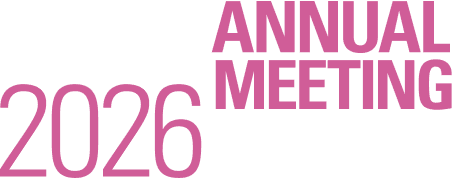Best Practices for Workshops
A well-structured workshop keeps attendees engaged and ensures they leave with actionable knowledge. Use these best practices to design an effective session:
Create Clear Learning Objectives
- Define what attendees should be able to do differently after your session.
- Use specific, action-oriented language (e.g., “demonstrate,” “solve,” “list” instead of “understand” or “know”).
- Consider SMART objectives (Specific, Measurable, Attainable, Relevant, and Targeted).
Set an Engaging Agenda
- Align teaching strategies with your learning objectives.
- Use interactive elements to enhance engagement beyond lectures.
- Plan for a 60-minute session with a mix of content delivery, discussions, and small group activities.
Sample Workshop Timeline
0:00 – 0:05 | Introductions & Learning Objectives (Consider using a board for attendee input)
0:05 – 0:10 | Topic Overview & Background
0:10 – 0:20 | Core Content Delivery
0:20 – 0:30 | Large Group Discussion or Additional Content
0:30 – 0:40 | Small Group Work
0:40 – 0:50 | Large Group Discussion
0:50 – 0:55 | Wrap-Up & Key Takeaways
0:55 – 1:00 | Required Session Evaluation
Workshop Presentation Guide
Delivering a successful workshop requires thoughtful preparation, engaging content, and effective facilitation. This guide provides practical strategies to help you optimize your session from planning to presentation day.
Key Topics Covered:
- Preparation Best Practices – Setting timelines, collaborating effectively, and designing strong visuals
- Workshop Structure – Balancing didactic and interactive components to maximize engagement
- Facilitation Techniques – Using small groups, demonstrations, and discussions to enhance learning
- Game-Day Tips – Managing timing, AV setup, and audience interaction for a smooth session


